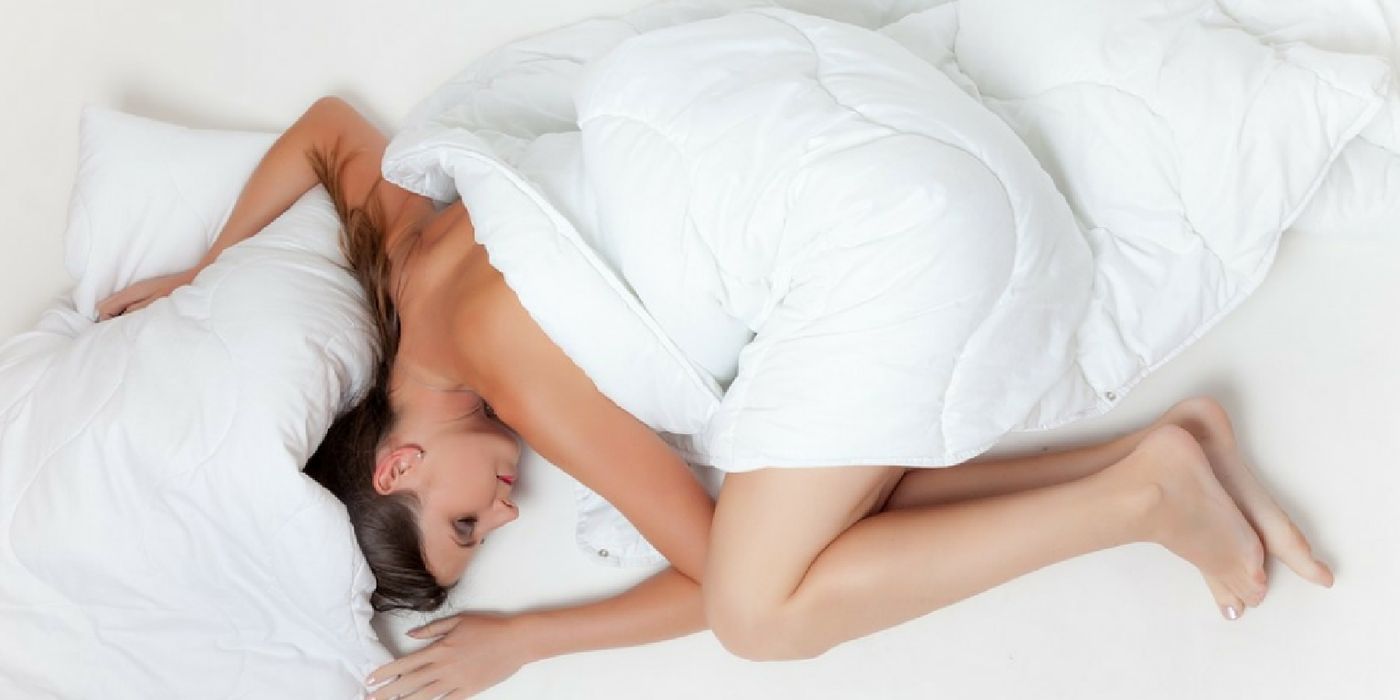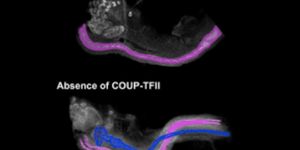Implantable Device Makes Getting a Full Night's Sleep Possible
A good night’s rest is essential for our general health and well-being. But for millions of Americans, the night’s rest can be interrupted due to sleep apnea. Though conventional treatments like the continuous positive airway pressure (CPAP) are available, it doesn’t work for everyone. Researchers say an implantable device may be a better alternative to CPAP, offering a better night’s rest for people who desperately need it.
Known officially as obstructive sleep apnea (OSA), the condition occurs when a person’s air flow is blocked during sleep, due to muscles at the back of the throat relax. As a result, the sufferer’s breathing may be erratic, which leads to poor quality of sleep. Over 18 million Americans are diagnosed with sleep apnea, but more may have this condition without knowing it.
Importantly, poor quality of sleep affects not only the person’s mood the next day, but it also affects their health for the long-term. "Considering that sleep apnea can lead to high blood pressure, heart attack, stroke, and other serious health problems, it is critically important that we study devices that may serve as another option instead of CPAP to treat patients with sleep apnea,” said Richard Schwab, co-medical director of the Sleep Center at the University of Pennsylvania School of Medicine.
The alternative to CPAP that Schwab and his team have been working on is called hypoglossal nerve stimulation (HGNS). This technique involves a device with three components: a breathing sensor, a generator, and a stimulation lead. Based on breathing patterns detected by the sensor, the device will deliver mild stimulations to the person’s hypoglossal nerve, which controls tongue movement. This results in the enlargement of the upper airway and reduces airflow obstruction.
In a previous clinical trial known as Stimulation Therapy for Apnea Reduction (STAR), the HGNS technique significantly reduced the number of breathing pauses in OSA patients by 78 percent. Patients treated with HGNS also had less events of low blood oxygen levels. Remarkably, the positive benefits of HGNS were sustained for 3 years after the device was implanted, showing that the effects could be long-lasting. The same results were replicated in a more recent study with 20 patients at the University of Pennsylvania.
Compared to the CPAP, which involves a mask that patients have to wear every night, the HGNS method seems much simpler and easier for patients to use and maintain. This fact by itself may indeed contribute to the greater positive outcomes from HGNS. “There is no perfect treatment option for obstructive sleep apnea, but our preliminary data suggest that hypoglossal nerve stimulation can effectively treat patients with sleep apnea who are unable to tolerate CPAP,” said Schwab.
Additional source: MNT


![WGS for rare disease diagnosis [eBook]](https://d3bkbkx82g74b8.cloudfront.net/eyJidWNrZXQiOiJsYWJyb290cy1pbWFnZXMiLCJrZXkiOiJjb250ZW50X2FydGljbGVfcHJvZmlsZV9pbWFnZV84MmRlM2UyYjA5M2Q3ZTYwOTI3Zjc1YTRjOWU2N2RmMjkzMThjMTJkXzI1MDcucG5nIiwiZWRpdHMiOnsidG9Gb3JtYXQiOiJqcGciLCJyZXNpemUiOnsid2lkdGgiOjcwMCwiaGVpZ2h0IjozNTAsImZpdCI6ImNvdmVyIiwicG9zaXRpb24iOiJjZW50ZXIiLCJiYWNrZ3JvdW5kIjoiI2ZmZiJ9LCJmbGF0dGVuIjp7ImJhY2tncm91bmQiOiIjZmZmIn19fQ==)






